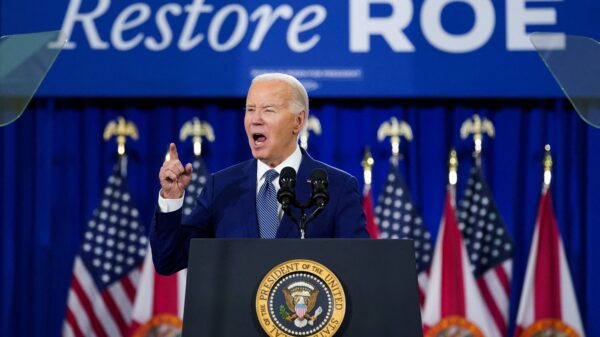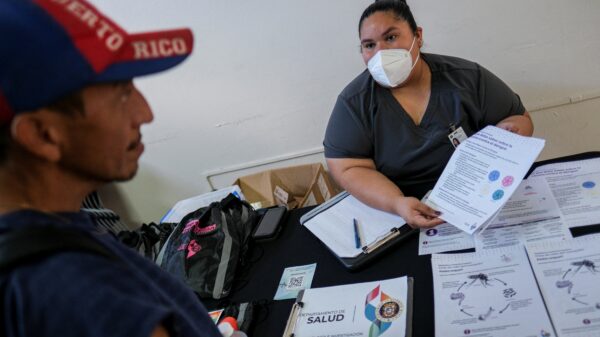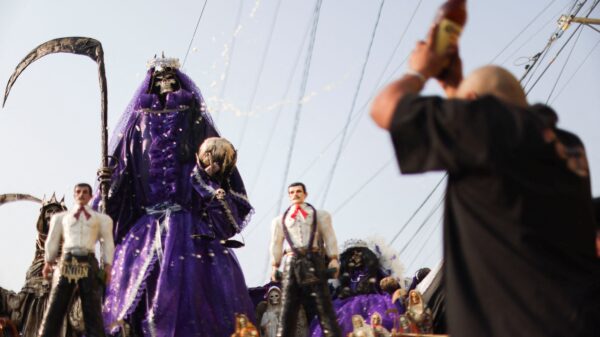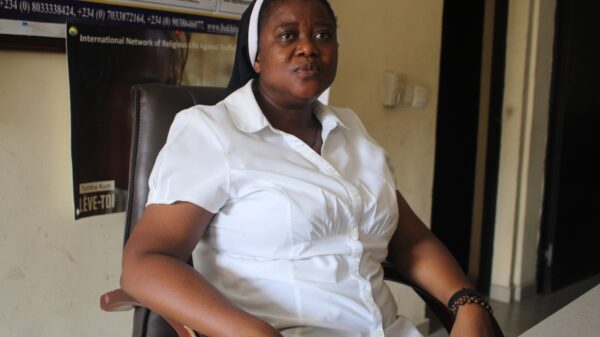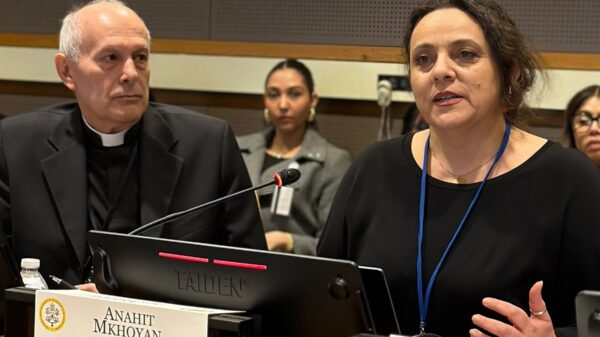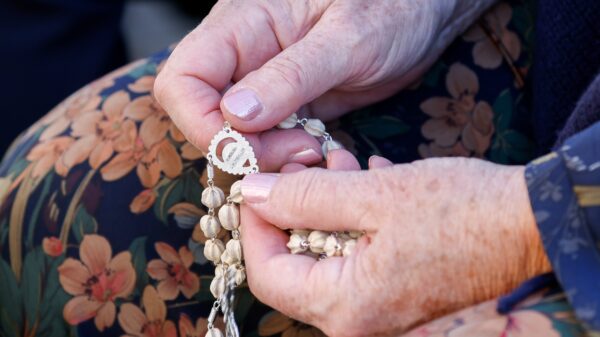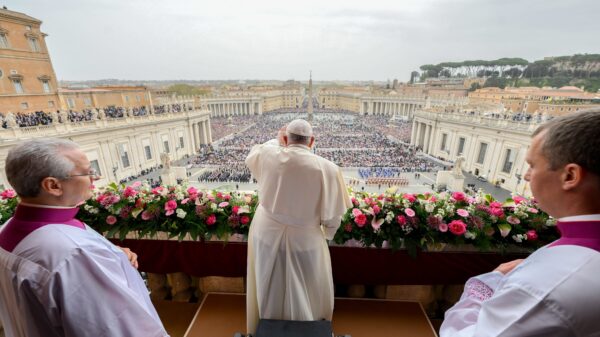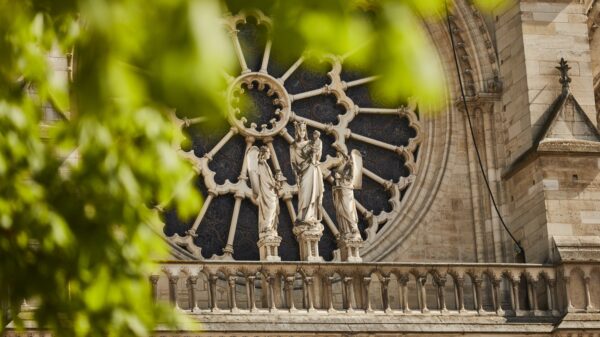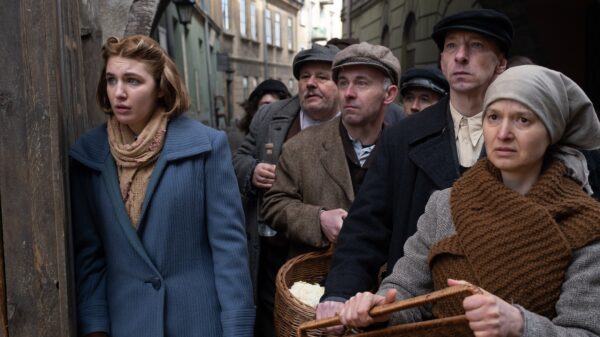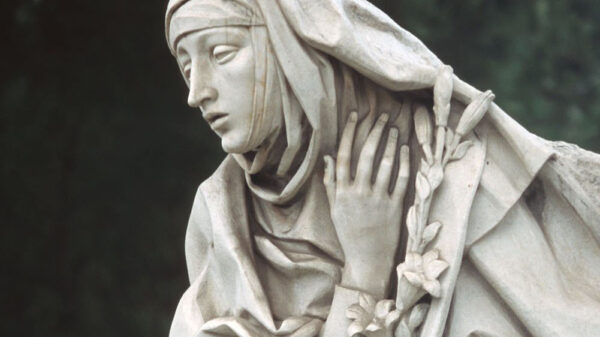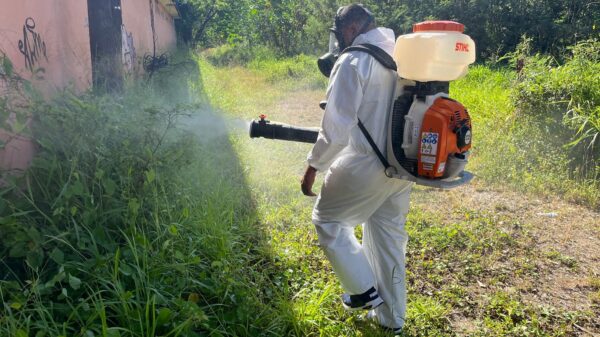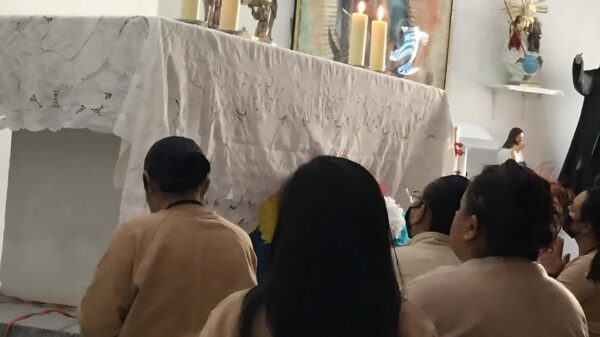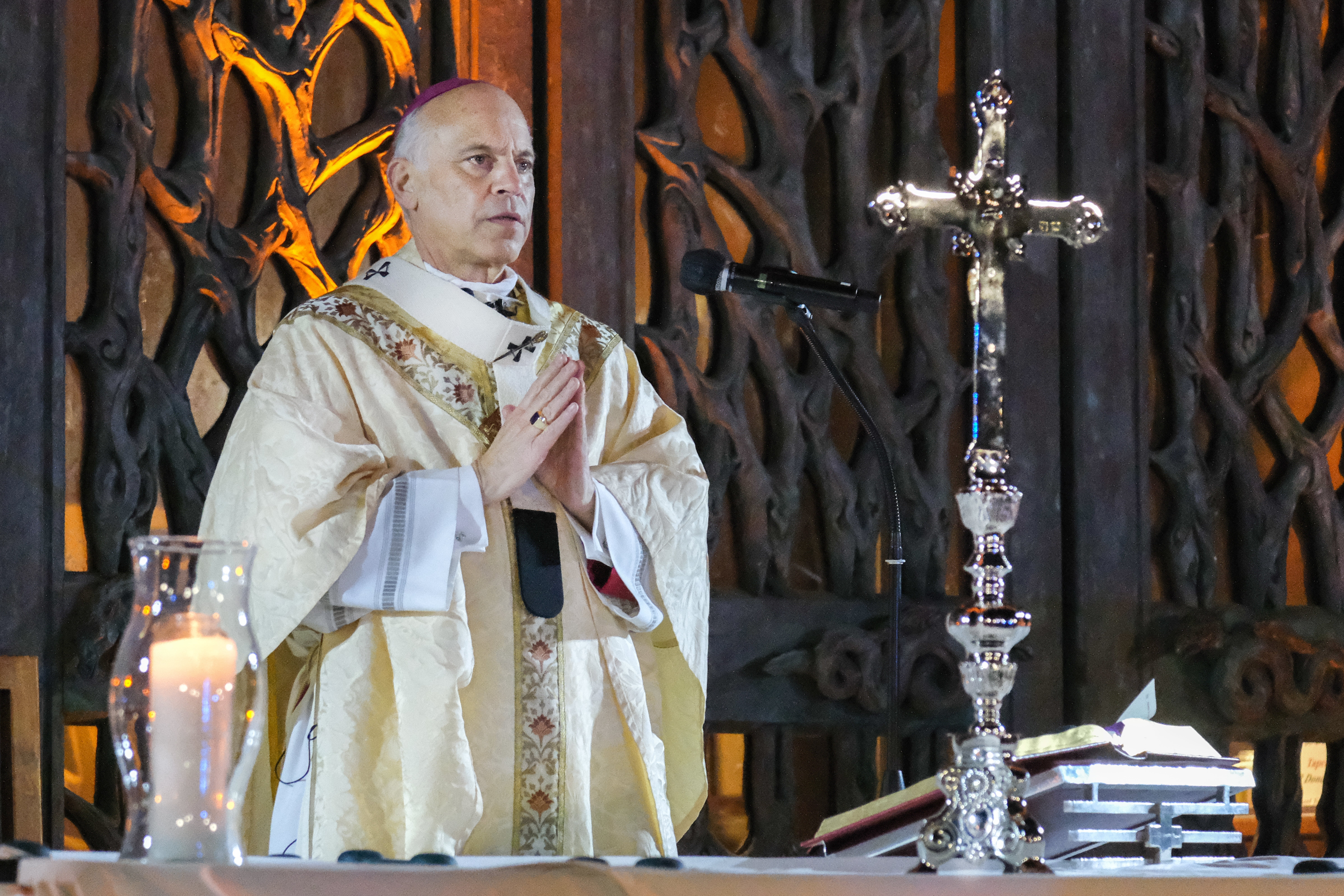(OSV News) — The number of victims of sexual abuse in the Catholic Church in Poland between 1944 and 1990 may be close to 1,100, with the number of abusers close to 300.
Those are, however, not the official findings of the church in Poland. On March 15, the bishops announced they will create a commission of experts to investigate past cases of abuse of minors by clergy in the country.
The numbers come from two journalists with Poland’s Rzeczpospolita journal, Tomasz Krzyzak and Piotr Litka, that published an investigation May 18 on the scale of sexual abuse in the church in Poland between 1944 and 1989.
“We did a very simple thing that is easily accessible to any public institution in the country — we looked at the state archives of communist-ruled Poland that are stored today in the Institute of National Remembrance and the so-called ‘New’ National Archives,” Tomasz Krzyzak, national editor of Rzeczpospolita and co-author of the investigation, told OSV News.
Krzyzak and Litka found 121 cases of sexual abuse within the Catholic Church that were investigated by state courts, and 72 of these cases ended with a state conviction. Other clergy, including priests and clerics, escaped punishment by signing an agreement to cooperate with the regime’s security service.
“There were ‘ordinary priests,’ of course, among the abusers, but also highly respected names of university professors, authors and translators of books, builders of sanctuaries, social activists, famous researchers of the Bible or Catholic editors,” Krzyzak told OSV News. “I saw their case’s archives, and it’s not a pleasant read, especially the testimonies of the victims.”
Abusers identified by Krzyzak and Litka abused as many as 520 people, as one person abused four to five people, based on statistics. Why 1,100 victims then? The authors added to the cases investigated by the state that they researched — the number of cases listed in the initial survey published by the bishops’ conference in 2019 and supplemented in 2021. The church investigation listed 177 cases, which multiplied by a statistical number of victims of every priest gave a total number of close to 1,100 people abused between 1944 and 1989 in an investigation published May 18.
“We assumed that some of these cases — investigated by the state and reported to the church — might overlap and included that in our statistics,” Krzyzak said.
“Reading those findings raises a question whether a serious correction of the image of the church in communist times will be necessary,” Jesuit Father Adam Zak, coordinator of child protection issues in the Polish bishops’ conference, told Rzeczpospolita, highlighting the fact that by covering up abuse “the church has failed in matters that strictly belong to the mission entrusted to it by Jesus.”
Only one religious out of the 72 priests convicted by the state was removed from the clerical state and one seminarian convicted was removed from the seminary.
“Others were not punished in any way by their church institutions,” Krzyzak told OSV News.
A few were even listed in historical publications released after the fall of communism as those “repressed by the regime.” “Some of them have plaques praising them around the country,” Krzyzak said.
“For decades we have been blind to the suffering of those harmed. Once again, I want to apologize for that. I hope that the research of independent experts will help the church in Poland to deal honestly with the past,” Archbishop Wojciech Polak of Gniezno, delegate to the Polish bishops’ conference’s Office of Child Protection, said in a statement May 18.
It took two journalists nine months to do an investigation that experts and survivors of sexual abuse in Poland were urging the church to commission in the last four years. In 2019, the “Tell No One” documentary was released, representing a “Spotlight” moment for the church in Poland. “Spotlight” was the name of the investigative team that, in 2002, uncovered the abuse scandal in the U.S. Catholic Church and became a reference point for journalists across the globe.
“The investigation published today is maybe for some only the statistics, but for me as a survivor it is like circles of hell,” Robert Fidura, a survivor of clerical sexual abuse in Poland, told OSV News.
“I want to thank the journalists for their work and determination,” he said, adding that what struck him most was the indifference of the church. “Criminals were protected and presented as heroes to society. Protecting them by the church looks like copying the methods of the communist regime.”
The regime at the beginning, in the 1950s and 1960s, was eager to punish sexual abusers. But in the 1970s and 1980s, “the regime wanted to let the priests go back to their parishes, because the communists had a goal of destroying the church, not protecting the children,” Krzyzak said.
On the other hand, there were priests who cooperated with the regime, and some of them became bishops. Historians indicate that, throughout the years, they slowed down the process of investigating the difficult past and were reluctant to open archives. “We can see today that the lack of lustration (inspection of the past) in the church has frozen the process of purification from crimes of exploiting minors,” Michal Szuldrzynski, the editor of Rzeczpospolita, wrote in his editorial May 18.
Krzyzak admitted the cases he saw were painful to read about. “One 13-year-old girl died delivering a baby conceived by rape of a priest in 1950s. I must say this case was the most horrific of all those we researched.”
“It is necessary to combine the knowledge revealed by the journalists with the knowledge from the church archives, which will give a more complete picture of how the church was reacting,” Father Piotr Studnicki, head of the Office of Child Protection of the Polish bishops’ conference, told OSV News.
“In all this horrific data, one thing is hopeful — that now we know that our most important perspective should be the victim’s perspective,” Father Studnicki told OSV News.
Father Studnicki said that the fact that journalists revealed data that could have been revealed easily by the church reminds him of what Pope Francis said in his apostolic exhortation “Evangelii Gaudium” (“The Joy of the Gospel”). “Sometimes the bishop as a shepherd will go in front of his people, to show the way, but sometimes as the Holy Father writes, he will have to follow the flock, allowing the flock to strike out on new paths,” Father Studnicki said. “This is exactly what happened.”
“Giving a statistical number and showing the scale of abuse is important,” Krzyzak said, stressing that it closes a certain chapter “and allows the church to move forward and invest in safeguarding.”
On April 14, Rzeczpospolita issued the results of a survey showing that more than 50% of Poles want the church to inform the public about what they have to offer to survivors and how they can be helped. Fifty-five percent said the church should look for survivors and set informational campaigns to help them report. At the same time, 58.6% thought the church in Poland is not doing enough to help victims of clerical sexual abuse.
“We took the survey seriously and started a countrywide information campaign on how to report abuse. We asked every bishop to inform every parish to make sure the parishioners know how and when to report and that we’re willing to listen,” Father Studnicki told OSV News.
The church in Poland has come a long way since 2019, setting up reporting and safeguarding policies, creating an Office of Child Protection with the primate of Poland, Archbishop Polak, as its leader. It also runs St. Joseph Foundation, which finances therapy for clergy sex abuse victims and offers grants both for survivors — helping them to pick up the pieces of their lives — and academics for research. The foundation was created in October 2019, five months after the premiere of “Tell No One” and is financed by obligatory contributions of all Polish Catholic priests.
Father Studnicki said that all those initiatives have accelerated addressing the issue since 2019. But something that is still missing is taking a look at the difficult past.
“The church, as every community, is a community of pride and shame,” he said. “We are proud of many of our heroic pastors. But in the case of many, we are ashamed, and we bear responsibility for the future. If we don’t embrace it — it will only mean we escape the truth.”
Paulina Guzik is international editor for OSV News.



